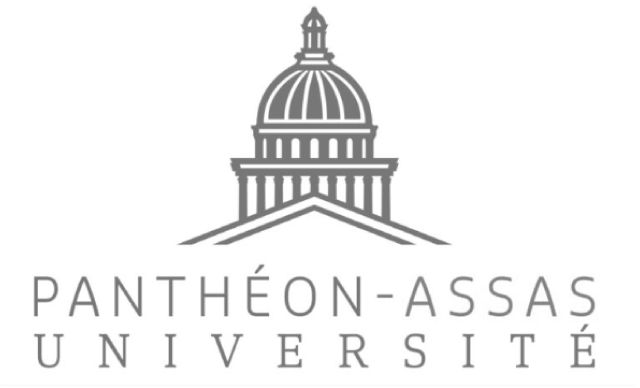The Columbian conflict. Actors, stakes, perspectives
The Columbian conflict has gone through all historical periods. It was born between the two World Wars, took a hard line during the Cold War and now is part of a multipolar world troubled by some new tensions. Every period bears relation to a specific scheme of the conflict’s treatment, both by Colombian actors and external stakeholders. This article describes the conflict’s historical foundations, the main Marxist-Leninist guerrilla movements and the extreme-right paramilitary reaction. In addition, the article analyses the mainly repressive policy waged by Uribe’s government and suggests some keys to understand the exceptional longevity of this internal conflict.


